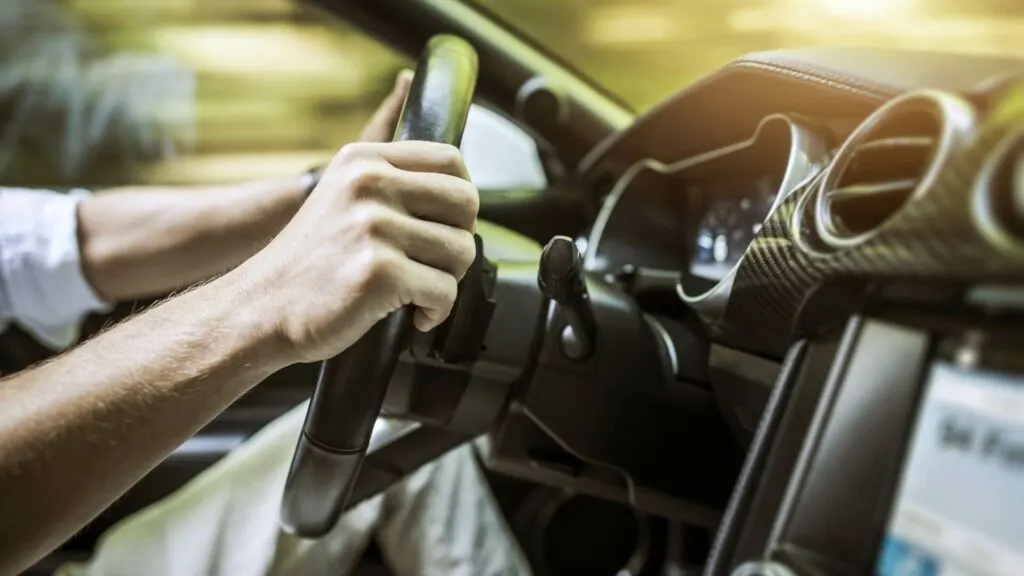Safety is one of the major concerns when buying a vehicle. It also has a substantial impact on both consumer behavior and insurance calculations on vehicle safety rankings.
The ratings from such bodies, including the National Highway Traffic Safety Administration (NHTSA) and the Insurance Institute for Highway Safety (IIHS), are a lifeline to consumers when choosing from the many options on the market.
Here, we’ll look at what the safety ratings of vehicles are, how ratings are determined, and what impact they have on influencing the purchasing decision.

Understanding Vehicle Safety Ratings
Vehicle safety ratings are a standardized measure of a vehicle’s safety in various crash scenarios. These ratings come from extensive testing by bodies such as the NHTSA and IIHS, covering the performance of the vehicle in frontal crashes, side crashes, and rollovers.
Each vehicle is put through a series of controlled experiments, after which it is assigned a rating that exemplifies how good the car would be in protecting the occupants during the accident. The test methods are state-of-the-art and realistic in simulating the accidents, and safety-relevant information is made available for prospective buyers of the tested vehicle.
Criteria Used in Safety Ratings
Criteria for safety ratings are diverse and involve a degree of crashworthiness, crash avoidance, and protection for pedestrians. Tests judge the crashworthiness of a vehicle by seeing if it can lessen the injury potential of an occupant from crashes. This includes car structure strength, airbag effectiveness, and seat belts for car performance testing.
On the other side, crash avoidance tests describe the ability of the vehicle to avoid involvement in a crash. New and advanced driver-assist systems (ADAS), for example, automatic emergency braking systems, and lane-keeping assist systems can lead to a better crash avoidance rating.
Pedestator protection ratings measure how well a car can protect pedestrians against a collision.
Vehicle Grading System
For the IIHS, vehicles are graded on a scale ranging from Good, Acceptable, Marginal, to Poor, based on their performance in these tests.
“Good” is the rating meant for excellent protection and crash avoidance capabilities of the vehicle, while “Poor” is the rating meant for not offering enough protection to the occupants or pedestrians during any accidents. The standards and expectations of new vehicles are getting higher, as each year brings advances in technology and new safety features.
The NHTSA, on the other hand, has instituted a 5-star grading system, with 5 stars being the highest, and 1 star being the lowest.

Impact of Safety Ratings on Purchase Decisions
Safety ratings wield a significant influence on consumer purchase decisions. This is a sure selling point when the ratings are high to ensure that buyers and their families are safe and secure in the vehicle bought.
Beyond consumer preference, it influences insurance premiums. Commonly, vehicles that have higher safety ratings attached to them have lower insurance costs, hence reflecting the reduced risks of injury and damage claims in car accidents. This makes a big difference in the total cost of ownership. Therefore, safety ratings become a necessary factor for the cost-conscious buyer.
Vehicle safety ratings provide the consumer with clear, reliable facts about the vehicle’s level of safety it can offer. These ratings and criteria can then allow buyers to make good purchasing decisions not only for themselves but their fellow travelers. In the future, with the advent of technology and safety standards, these ratings will be instrumental in leading consumers to safer and stronger vehicles. While finding your new car, let safety ratings give you more peace of mind on the road.

Jessi is the creative mind behind The Coffee Mom, a popular blog that combines parenting advice, travel tips, and a love for all things Disney. As a trusted Disney influencer and passionate storyteller, Jessi’s authentic insights and relatable content resonate with readers worldwide.
